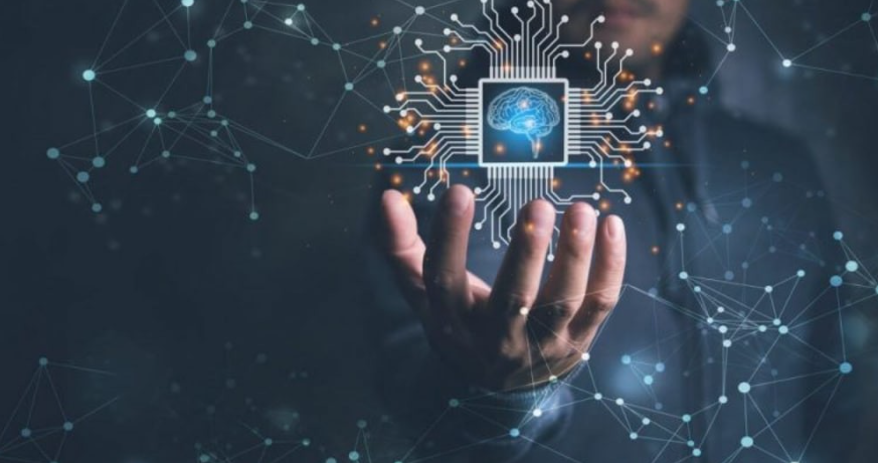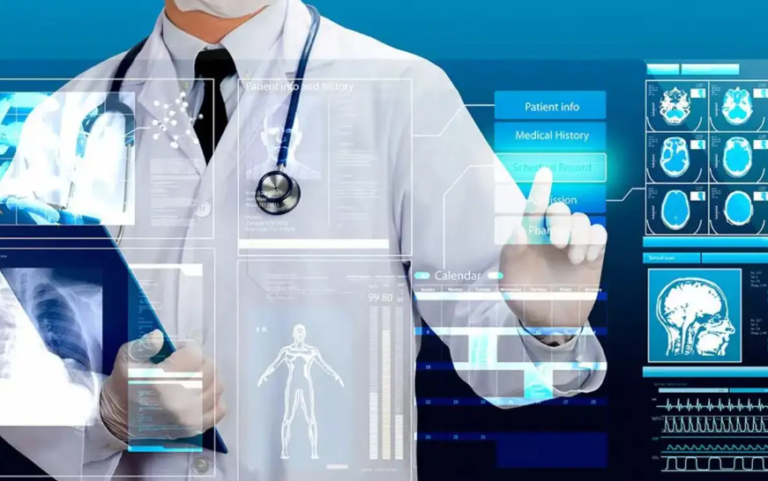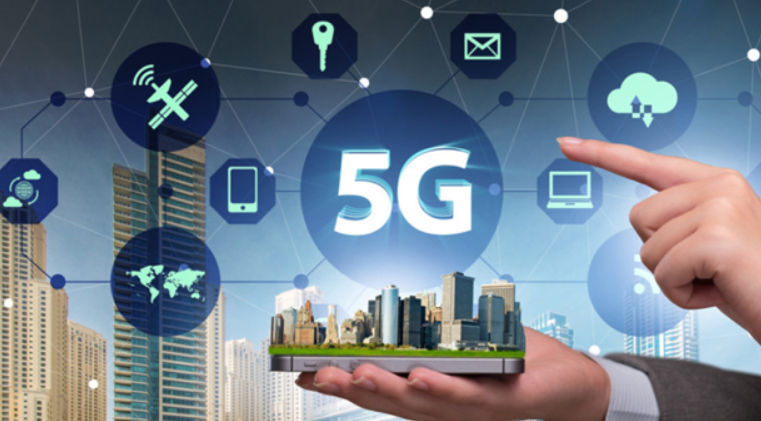The Impact of Artificial Intelligence on Everyday Life
Artificial Intelligence (AI) is no longer a futuristic concept confined to science fiction. Today, it is a powerful force shaping the way we live, work, and interact daily. From the smartphones in our pockets to the smart devices controlling our homes, AI technologies are deeply woven into the fabric of everyday life. Understanding The Impact of Artificial Intelligence on Everyday Life reveals not only the conveniences AI brings but also the challenges it poses to society.
Introduction to Artificial Intelligence
What is Artificial Intelligence?
Artificial Intelligence refers to the simulation of human intelligence processes by machines, especially computer systems. These processes include learning, reasoning, problem-solving, perception, and language understanding. AI systems can analyze data, make decisions, and improve their performance through experience, making them invaluable tools in countless applications.
Brief History and Evolution of AI
AI’s journey began in the mid-20th century, with early pioneers envisioning machines that could “think.” Over decades, AI evolved through periods of high expectations and challenges, known as “AI winters,” until recent advancements in machine learning and computing power reignited its potential. Today, AI permeates many sectors, thanks to innovations in deep learning and neural networks.
See also: techiadd
Types of AI: Narrow, General, and Super AI
Most AI applications today fall under Narrow AI, designed for specific tasks such as voice recognition or recommendation systems. General AI, which can perform any intellectual task a human can, remains an aspirational goal. Super AI, with intelligence surpassing human cognition, is still theoretical but widely debated.
AI in Communication and Social Interaction
AI-powered Chatbots and Virtual Assistants
The rise of virtual assistants like Siri, Alexa, and Google Assistant illustrates AI’s role in everyday communication. These assistants help with scheduling, information retrieval, and even casual conversations, improving user convenience and engagement.
Social Media Algorithms and Personalized Content
AI algorithms curate personalized content feeds on platforms like Facebook, Instagram, and TikTok, enhancing user experience by showing relevant posts and advertisements. However, this also raises questions about echo chambers and information bubbles.
Impact on Human Relationships and Communication
While AI facilitates communication, it also changes how humans interact. Automated messaging and AI-generated content sometimes replace genuine human connections, creating both opportunities and challenges for social dynamics.
AI in Healthcare
AI in Diagnosis and Treatment
AI technologies assist doctors by analyzing medical images, lab results, and patient data to diagnose conditions faster and more accurately. For instance, AI systems help detect cancers or rare diseases at early stages, improving treatment outcomes.
Remote Monitoring and Telemedicine
Wearable devices and AI-driven apps enable continuous health monitoring, alerting patients and healthcare providers about potential issues. Telemedicine powered by AI supports remote consultations, making healthcare more accessible.
Predictive Analytics for Disease Prevention
AI can analyze large datasets to identify disease patterns and predict outbreaks, helping public health officials take proactive measures and individuals manage their health better.
AI in Education
Personalized Learning and Adaptive Technologies
AI-powered educational platforms tailor lessons to individual student needs, enabling personalized learning paths that improve engagement and retention. These systems adapt content difficulty based on real-time performance.
Automated Grading and Administrative Tasks
AI reduces educators’ workload by automating grading and managing administrative duties, allowing teachers to focus more on teaching and student support.
Enhancing Accessibility for Students with Disabilities
AI tools like speech recognition, text-to-speech, and predictive typing assist students with disabilities, ensuring equitable learning opportunities.
AI in Transportation and Smart Mobility
Autonomous Vehicles and Traffic Management
Self-driving cars and AI-enabled traffic control systems promise safer, more efficient transportation by reducing human error and optimizing traffic flow.
AI in Public Transport Systems
AI helps improve public transport scheduling, route planning, and passenger information systems, enhancing commuter convenience.
Impact on Safety and Efficiency
By analyzing real-time data, AI reduces accidents and delays, contributing to safer roads and more sustainable urban mobility.
AI in Home Automation and Daily Convenience
Smart Home Devices and IoT Integration
From smart thermostats to AI-powered security systems, intelligent devices automate and enhance home environments, saving energy and increasing safety.
AI in Personal Finance and Shopping
AI-driven apps help users manage budgets, track expenses, and offer personalized shopping recommendations, simplifying financial management and consumer decisions.
AI-driven Entertainment and Media
Streaming services use AI to recommend movies, music, and games tailored to user preferences, enriching entertainment experiences.
AI in Workplace and Productivity
Automation of Routine Tasks
AI automates repetitive jobs such as data entry and scheduling, freeing workers to focus on creative and strategic tasks.
AI in Decision Making and Data Analysis
AI tools analyze complex data sets to support business decisions, increasing accuracy and efficiency.
Remote Work and Collaboration Tools Enhanced by AI
AI-powered platforms facilitate seamless communication and project management for remote teams, improving collaboration and productivity.
Ethical Considerations and Challenges of AI
Privacy Concerns and Data Security
AI’s reliance on vast amounts of data raises privacy risks, necessitating robust security measures and regulations.
Bias and Fairness in AI Algorithms
AI systems may inherit biases present in training data, leading to unfair outcomes in areas like hiring and law enforcement.
Job Displacement and Economic Impact
Automation threatens certain jobs, demanding reskilling and new policies to address workforce transitions.
Future Prospects of AI in Everyday Life
Emerging Trends and Innovations
AI is advancing towards more natural language understanding, emotional recognition, and even creativity, expanding its applications.
AI and Human Collaboration
Future AI will augment human capabilities, promoting collaboration rather than replacement.
Preparing Society for AI Integration
Education, ethical frameworks, and inclusive policies are essential for harnessing AI’s benefits responsibly.
Frequently Asked Questions (FAQs)
What are the main benefits of AI in daily life?
AI enhances efficiency, convenience, healthcare outcomes, education, and safety, transforming many aspects of our lives.
How is AI changing healthcare outcomes?
By enabling early diagnosis, personalized treatment, and remote monitoring, AI improves patient care and reduces costs.
Can AI improve education accessibility?
Yes, AI tools provide personalized learning and assist students with disabilities, making education more inclusive.
Are autonomous vehicles safe?
While promising increased safety through reduced human error, autonomous vehicles are still being rigorously tested and regulated.
How does AI impact employment?
AI automates routine tasks, potentially displacing jobs but also creating new opportunities requiring different skills.
What measures are taken to ensure AI ethics?
Governments and organizations work on regulations, transparency, and bias mitigation to promote responsible AI development.
Conclusion
The impact of Artificial Intelligence on everyday life is profound and far-reaching. While AI enhances communication, healthcare, education, transportation, and personal convenience, it also brings ethical challenges that society must address. By balancing innovation with responsibility, we can embrace AI’s transformative potential and look forward to a smarter, more connected future.



